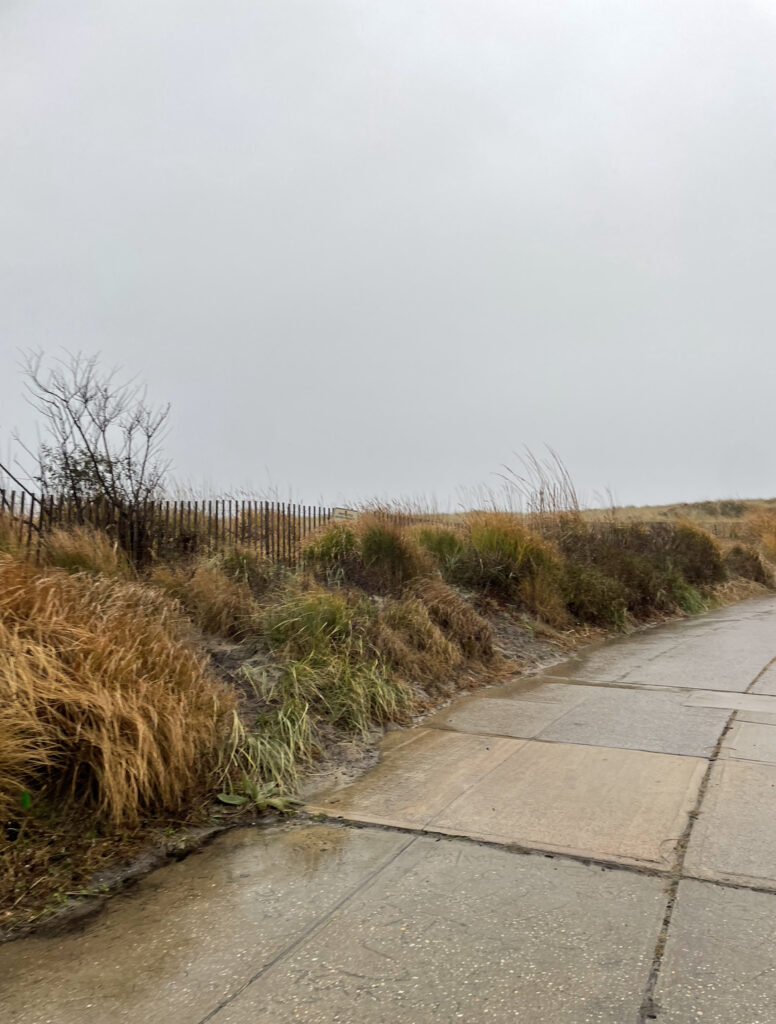
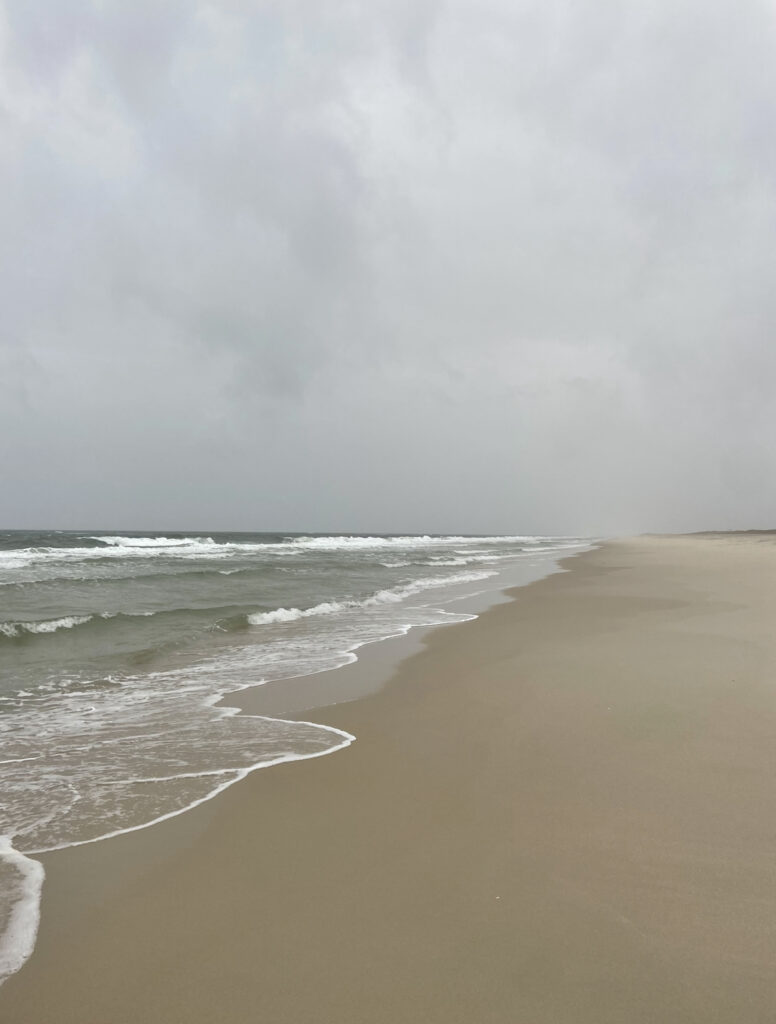
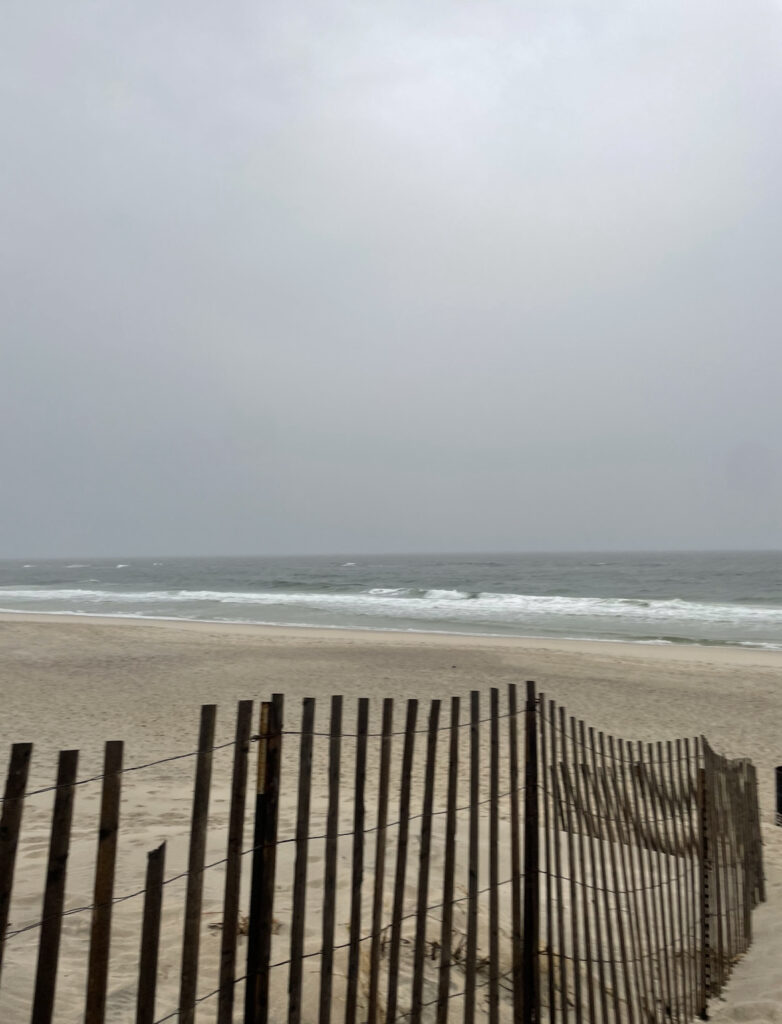
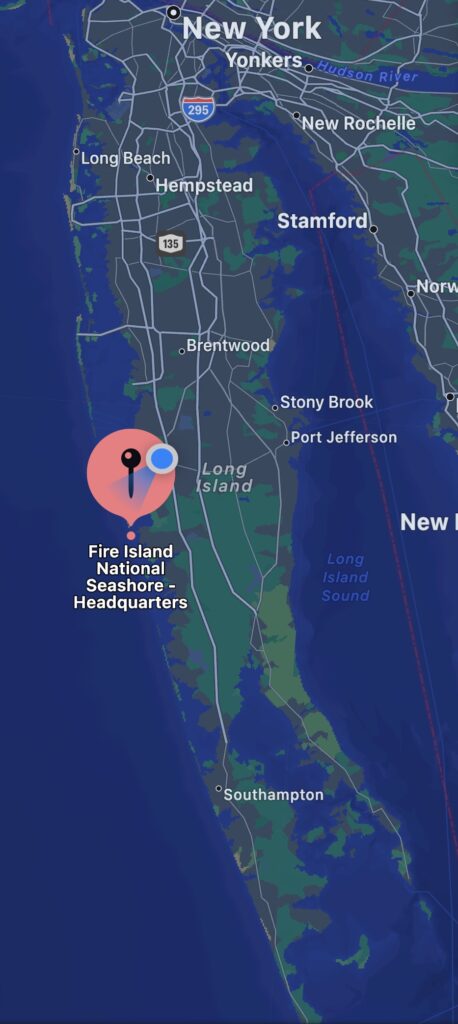
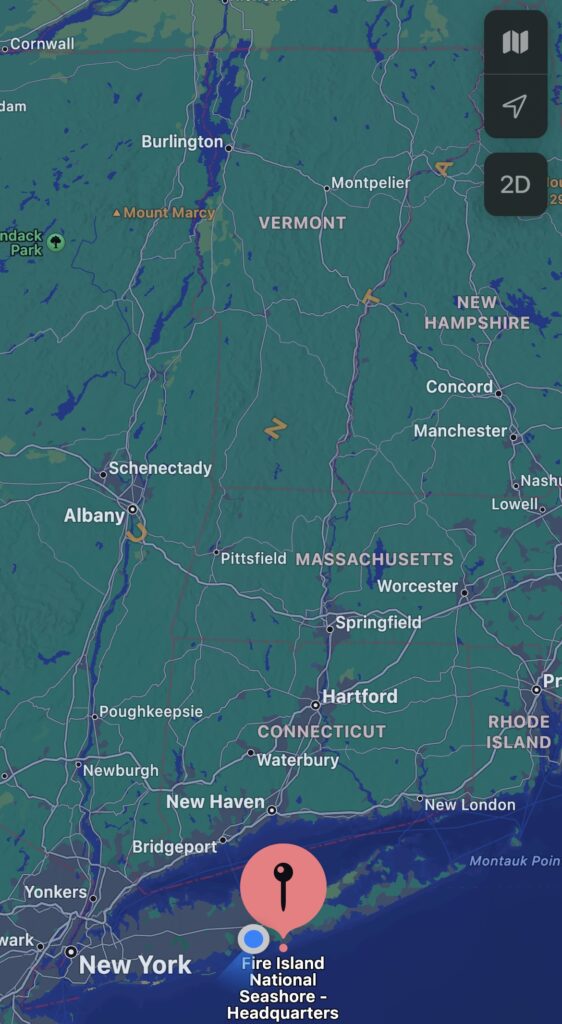
11/27/22 I am spending break on Long Island, and for my phenology project here I choose Smith Point Beach, Fire Island. The phenology of this place is significantly different from my spot in Centennial Woods. Where Centennial has bare trees, fallen leaves, and snow as signs of the changing seasons, the natural areas of Fire Island have dying bushes, dropping ocean temperatures, and less marine wild life activities. The human impact on both phenology places is also something I wanted to talk about. In Centennial Woods, the area is impacted by the level of nearby impervious surfaces, the recreational use of the forest trails, and the noise pollution from the roads. Smith Point is impacted by recreational use of the beach and the presence of people has clearly had an impact of the wildlife. For one, the deer population is completely desensitized to people because the have come to associate humans with food. Secondly, the piping plover population is protected by the rules on the beach prohibiting access to the outer beach, which is a nesting ground for the birds in the late spring/summer.
